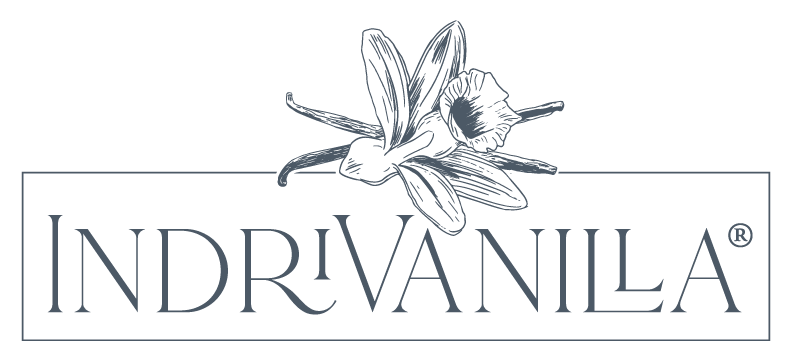This decadent chocolate vanilla paste is great for enhancing all your favorite chocolate treats. It gives the best flavor when used in conjunction with baked good recipes that already contain cocoa powder, chocolate chips, or other forms of chocolate.
Lisa's Chocolate Vanilla Paste
- 2 ounces roasted cacao nibs
- 2 ounces fresh vanilla beans, or 4 ounces vanilla beans that have been used for vanilla extract
- 14 ounces 80-100 proof spiced or chocolate rum (other alcohol choices do work)
- 2 ounces dark corn syrup (light is fine too)
- 8 ounces brown sugar
- 1 teaspoon salt
- ⅛-¼ teaspoon Xanthan Gum–OPTIONAL for texture
Chop vanilla beans into small pieces. Add everything except Xanthan Gum to a high powered blender. Slowly bring up to high speed and blend on high for 2-3 minutes. Turn it off and check for texture. Please note, the friction of running the blender on high for that long will cause the paste to warm up and the alcohol to aerosolize, so don’t put your face directly over the blender when looking at the paste. Check for smoothness and thickness. The paste will thicken upon standing, so if it looks somewhat thick now, it probably doesn’t need the xanthan gum. If it’s completely watery, though, start blending on low, and slowly add in xanthan gum a little at a time until desired thickness is achieved. Blend again for 1-2 minutes. Pour into your desired container. Store at room temperature for up to one year.
Troubleshooting your paste:
Too thin? Return to the blender, add 1 more ounce cacao nibs and 1 more ounce chopped vanilla beans, and 1 more ounce of corn syrup, blend 2-3 minutes. You can also add up to ½ teaspoon (total) of Xanthan gum.
Too thick? Let it soak for 1 week, return to the blender, add another 2-4 ounces of alcohol or vanilla extract, and blend 2-3 minutes.
Too chunky/no high powered blender? Soak your cacao nibs and vanilla beans in the alcohol for 2-3 weeks prior to making the paste, blend in small batches, let it sit for 1 week after blending and then return to the blender to let it blend again, and pass through a mesh strainer. Any leftover fibers that are filtered out can be dehydrated and added to sugar, or made into vanilla chocolate extract, or something else.
Don’t want to use corn syrup or brown sugar? Honey or agave can be used instead of corn syrup, though the flavor will change. White sugar can be used instead of brown sugar. Other sweeteners have not been tested at this time.
